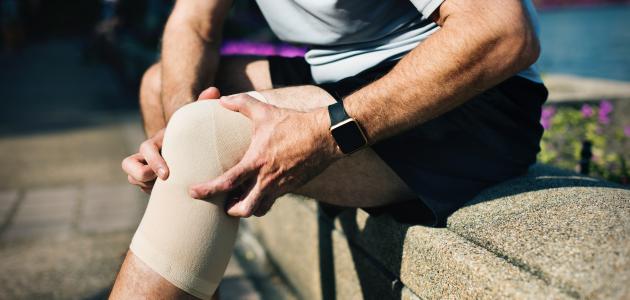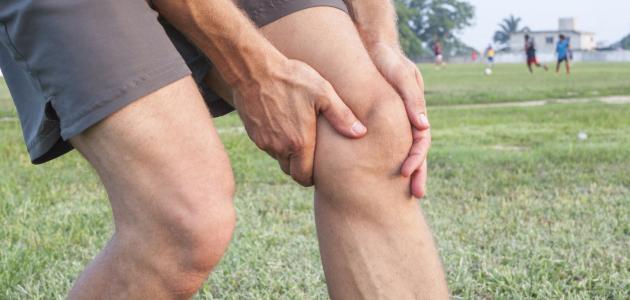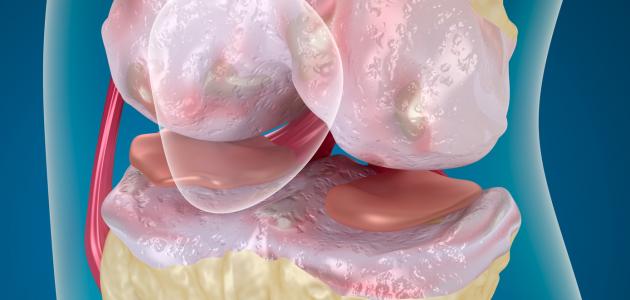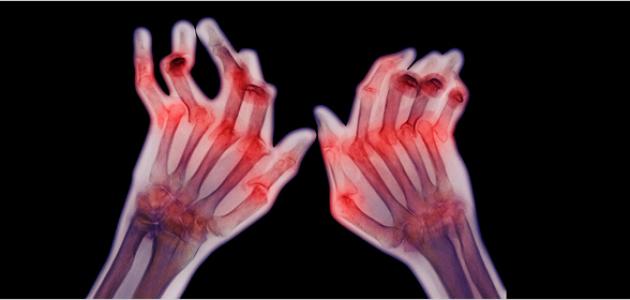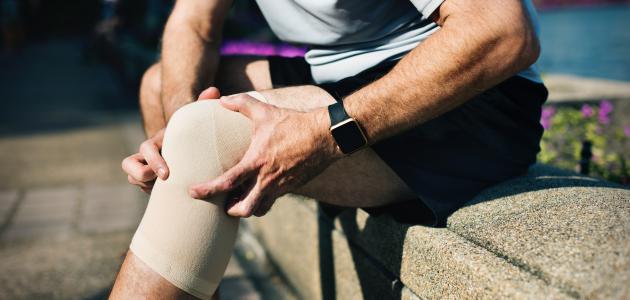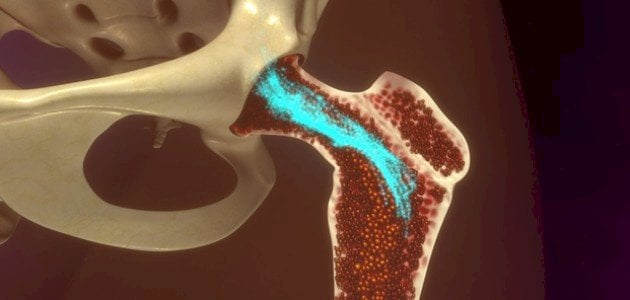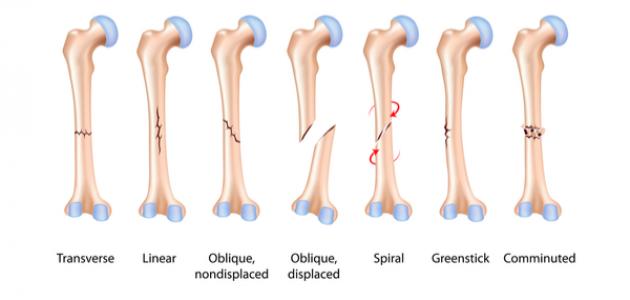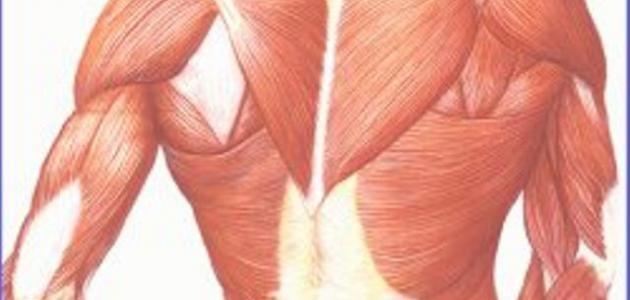Arthritis injections
Hyaluronic acid injection
Hyaluronic acid is known as one of the components of the fluid present in the knee, which helps lubricate it. However, in the case of arthritis, this substance becomes less effective, so treatment with hyaluronic acid injections aims to lubricate the affected knee joint and protect it. The effectiveness of these injections may last from 3-6 months, but they may also not have any effect on the joint sometimes.
Steroid injection
Corticosteroid is used, which is injected directly into the affected joint. To reduce swelling and pain in the inflamed joint, the effect of this injection may last for several months, and in some cases the patient may return to practicing his normal activities after feeling the pain disappear, so it is recommended to practice some exercises based on the directions of the specialist doctor; To reduce the chance of pain occurring again, it is also worth noting the need to avoid using more than two or three steroid injections in one year, as this may have a harmful effect.
Choroidal matrix injection
Placental tissue is obtained from a mother who is in good health after giving birth to a healthy child, as placental tissue contains a large number of growth factors that help with healing, and accordingly, placental tissue matrix injections may contribute It significantly reduces the pain associated with degenerative arthritis (in English: Osteoarthritis).
Read also:How to do a back massage
Platelet-rich plasma treatment technology
A sample of platelet-rich plasma (in English: Platelet Rich Plasma) is extracted from the patient’s own blood. The therapeutic injection used in the plasma treatment technique contains a high concentration of platelets, compared to the amount present in the blood in a normal state, to be injected directly into the affected joint. Especially in the case of degenerative arthritis in the knee, the importance of this injection lies in alleviating joint pain through:
- Reducing the feeling of pain; Because it contains proteins that affect the patient's pain receptors.
- Increasing the production of natural fluid in the joint, which will contribute to alleviating pain caused by friction.
- Inhibiting inflammation and reducing the deterioration of arthritis.
- Stimulating the formation of new cartilage tissue.
